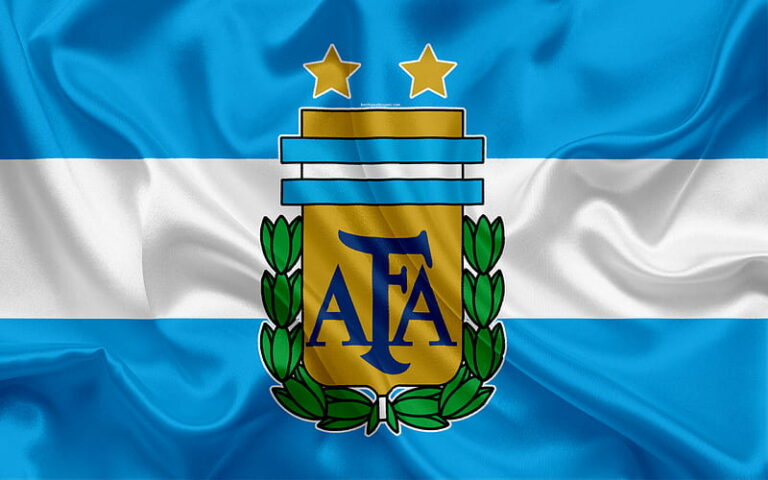
Torpedo Zhodino FC
The history of Torpedo Zhodino FC is intertwined with the socio-economic fabric of Zhodino. It serves as a symbol of local pride, industrial strength, and perseverance. The club’s legacy extends beyond the pitch, fostering community unity and inspiring youth through sports development initiatives. Its storied past creates a rich narrative that continues to inspire future generations ABC8.
Tactical Strategies and Playing Style Torpedo Zhodino FC
A critical aspect of Torpedo Zhodino FC’s rise and sustainment at the top levels of Belarusian football is its tactical approach. The club’s philosophy combines disciplined defense, quick counterattacks, and an emphasis on developing versatile players capable of adapting to various formations. This section explores the core strategies, coaching philosophies, and tactical evolutions that define the team.
The Foundation of Defensive Solidity
Historically, Torpedo Zhodino FC has prioritized defensive organization. The team’s coaches emphasize positional discipline, compactness, and effective pressing to nullify opponents’ attacking threats. This defensive mindset allows the team to remain competitive even against technically superior adversaries.
The backline often adopts a disciplined zonal marking system, supported by midfielders tasked with breaking up plays early. The goal is to minimize space behind the defense, forcing opponents into long-range shots or turnovers. This approach instills confidence in the squad, knowing they can absorb pressure and launch quick counters.
Moreover, goalkeeper training emphasizes agility, decision-making, and communication—key elements that contribute to clean sheets and secure defensive stability. The combination of solid defense and swift transition forms the backbone of the team’s tactical identity.
Attacking Philosophy and Counterattack Tactics
While defense is vital, Torpedo Zhodino FC also invests heavily in quick, efficient attacking maneuvers. The team employs a counterattacking style, leveraging speedy wingers and forward players capable of exploiting spaces left by opponents committed to attack.
Set-piece efficiency is another hallmark of their offensive strategy. Practice drills focusing on corner kicks, free-kicks, and throw-ins are meticulously executed, often resulting in crucial goals. The team’s offensive plan involves quick ball movement, overlapping runs, and precision passing to break down defenses before they can reorganize.
The coaching staff emphasizes flexibility in attack formations. While a traditional 4-4-2 or 4-3-3 setup is common, adaptability is key. Players are encouraged to interchange positions and adopt fluid roles that disrupt opposition tactics.
Player Development and Tactical Flexibility
One of the hallmarks of Torpedo Zhodino FC’s approach is its focus on developing young, versatile players who can execute multiple tactical roles. The club’s scouting and youth academy systems are designed to identify emerging talents early and incorporate them into the first team seamlessly.
This tactical flexibility enables the team to switch formations mid-game based on match dynamics. For example, shifting from a defensive 4-4-2 to a more aggressive 3-5-2 when chasing a result demonstrates strategic adaptability. Coaches analyze opposition weaknesses thoroughly to craft game-specific strategies that maximize strengths and exploit vulnerabilities.
Future Tactical Trends and Innovations
As football evolves globally, Torpedo Zhodino FC continuously explores innovative tactics such as high-pressing, possession-based play, and advanced data analytics to inform decisions. The club’s commitment to modernization helps bridge the gap to more prominent European clubs.



